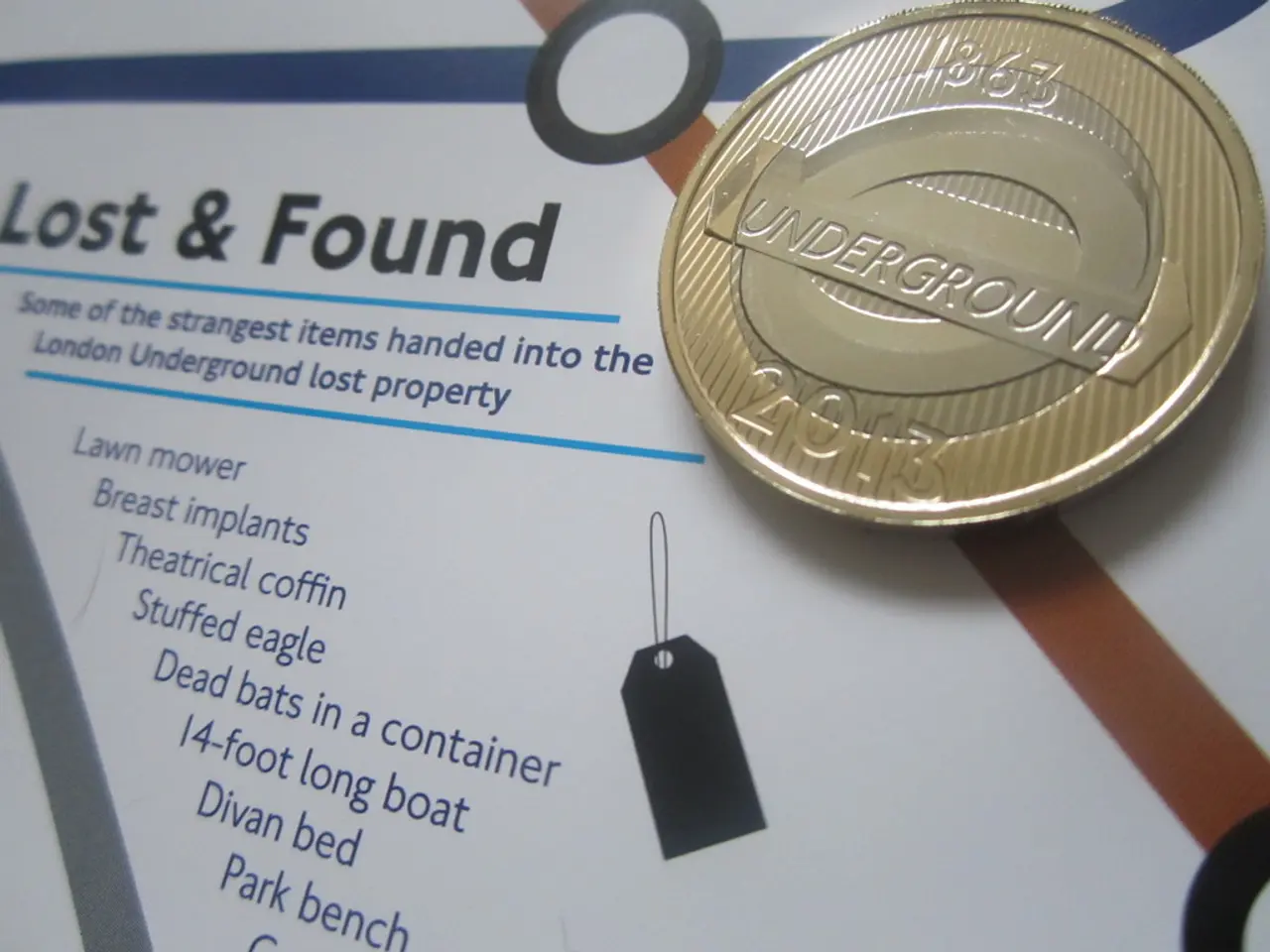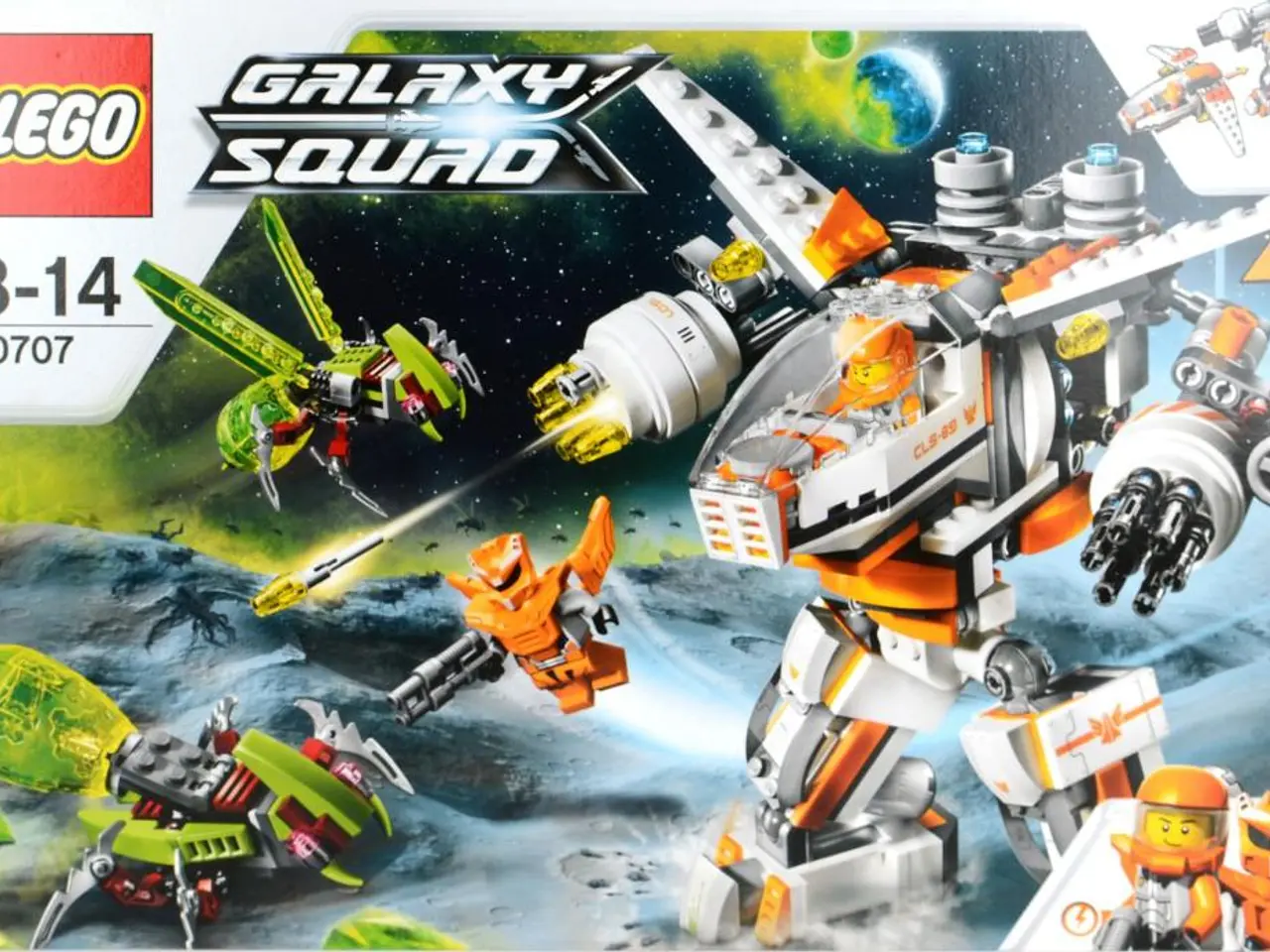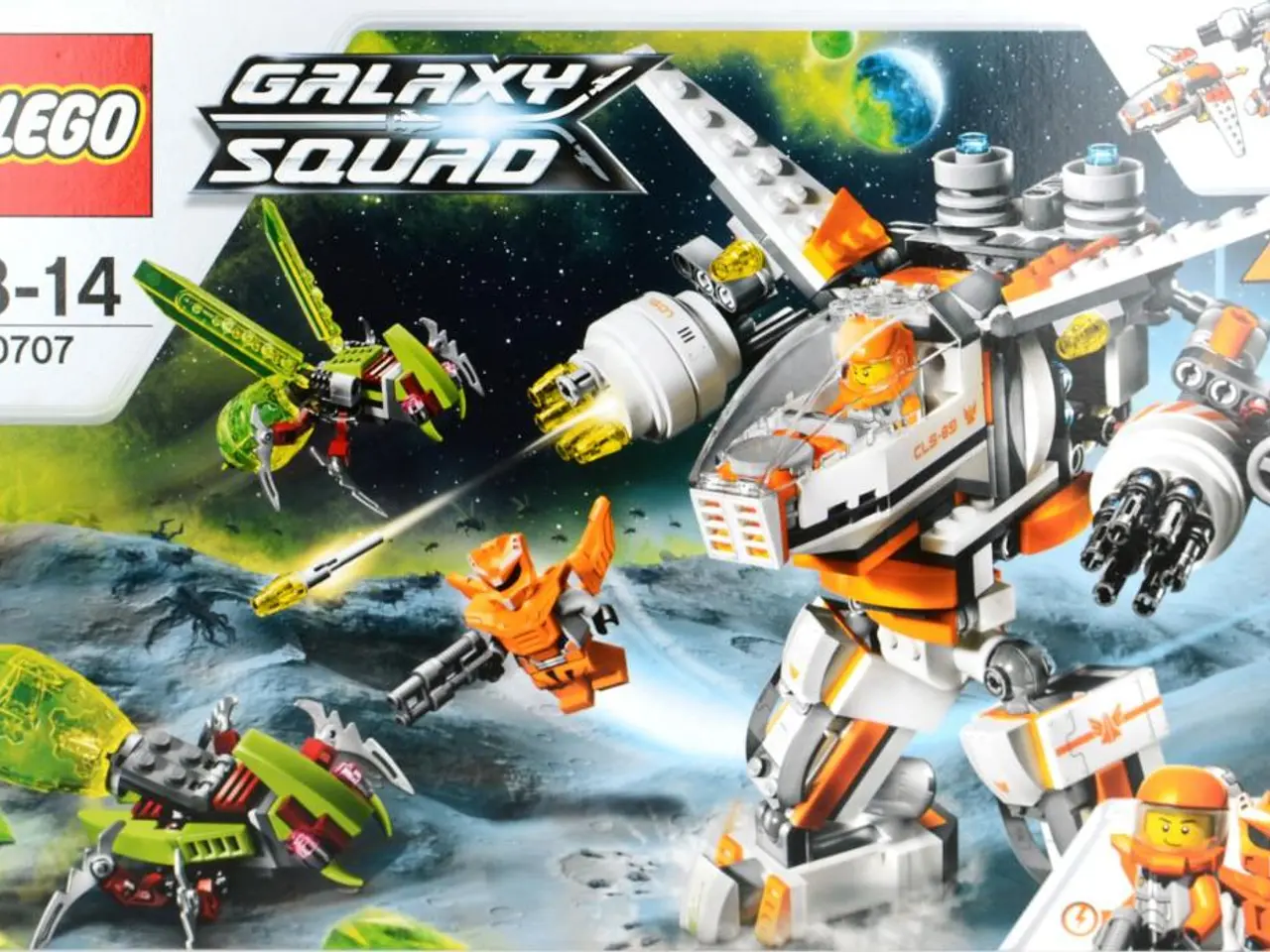Mastering SEO for a Decoupled Content Management System (Headless CMS SEO)
In the digital age, optimizing a website for search engines (SEO) is crucial for visibility and success. One innovative solution that has gained traction is the Headless Content Management System (CMS). This decoupled architecture separates the backend and frontend, offering numerous advantages for SEO.
To make the most of a Headless CMS, consider the following SEO best practices:
1. **Design Clean and Systematic URL Structures:** Headless CMS allows the creation of user-friendly, keyword-rich URLs that are easy for search engines to crawl and index. By ensuring URLs are concise and relevant, you can enhance SEO performance.
2. **Efficient Metadata Management:** With the separation of content and presentation, you can manage metadata like title tags, meta descriptions, and alt texts in the Headless CMS to align closely with your SEO content strategy.
3. **Improve Site Speed and Performance:** The decoupling allows fetching only necessary data via APIs, reducing load times. Using Static Site Generators (e.g., Next.js) with a Headless CMS can pre-render pages at build time, resulting in faster page loads, better Core Web Vitals scores, and improved rankings.
4. **Ensure Mobile Responsiveness:** Since Google uses mobile-first indexing, the frontend framework integrated with the Headless CMS should implement adaptive design to make the content seamlessly responsive on all devices, enhancing SEO via better user experience.
5. **Implement Structured Data:** Utilize schema markup and structured data tools supported by your Headless CMS to help search engines better understand your content and increase chances of appearing in rich results or featured snippets.
6. **Avoid Duplicate Content & Maintain User-friendly Site Structure:** Preventing duplicate text across pages and designing a logical site architecture that supports SEO friendly navigation is essential for effective crawling and indexing.
7. **Consider Programmatic SEO for Scale:** When targeting long-tail keywords, create programmatic pages with unique titles, URLs, and content templates. This allows broad keyword coverage and better targeting for conversion-stage traffic.
In addition, creating and maintaining an XML sitemap ensures all content is found and indexed by search engines. While Google can crawl client-side rendering, some other search engines cannot, and there are known complications when it comes to crawling JavaScript websites using client-side rendering. To address these issues, it's preferred to implement server-side rendering if a site heavily uses JavaScript, as this ensures search engines can crawl and index the content without issues.
By incorporating these practices, you can leverage the advantages of a Headless CMS, ensuring your website is optimized for search engines without sacrificing performance or user experience.
To effectively utilize a Headless CMS for SEO, create clean and systematic URL structures that are user-friendly and keyword-rich, enhancing the website's SEO performance. Efficiently manage metadata like title tags, meta descriptions, and alt texts within the Headless CMS, aligning them with your SEO content strategy.




